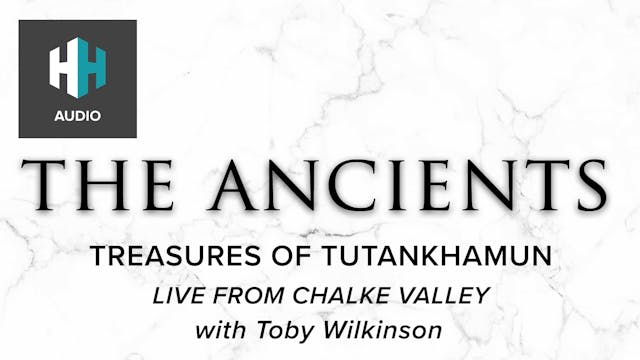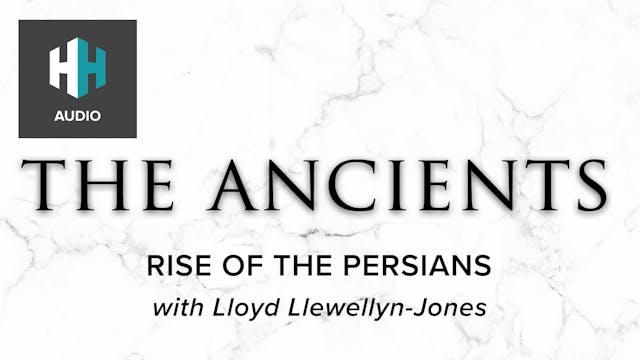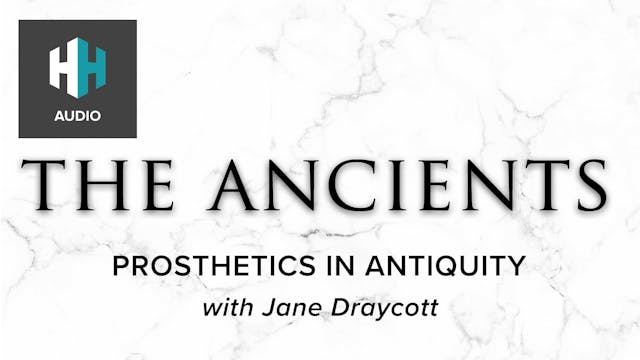Neanderthals are stereotypically viewed as thoughtless savages - but is this an accurate depiction or was there more to Neanderthal society?
Discovered only 160 years ago what can they tell us about the Palaeolithic past? In this episode, Tristan is joined by archaeologist and author Rebecca Wragg Sykes to help dispel some of these myths. Using cutting edge technology and looking at recent discoveries, archaeologists are able to give a clearer picture of what Neanderthal life was actually like. With evidence of seafood in their diet, the advanced use of tools and managing to survive for 300,000 years - there's more to Neanderthal's than meets the eye.
For more Ancients content, subscribe to our Ancients newsletter here. If you'd like to learn even more, we have hundreds of history documentaries, ad free podcasts and audiobooks at History Hit - subscribe today!
Up Next in 🎧 The Ancients
-
🎧 Treasures of Tutankhamun
One of the most famous names in history - who is Tutankhamun? In 1922 Howard Carter discovered one the most intact ancient tombs in history, filled with 5,000 priceless artefacts from the boy-king's life. But is Howard Carter truly responsible for this momentous discovery? And what can we learn a...
-
🎧 Rise of the Persians
The Achaemenid Empire, or better known as the First Persian Empire, was one of the largest empires in History - led by Cyrus the Great it covered 2.1 million square miles. But where did it come from? And what do we know about their society? It was in their DNA to travel and explore - so why did t...
-
🎧 Prosthetics in Antiquity
Prosthetics - an artificial feature or body part commonly used to either help restore functions of lost limbs, or change a person's appearance. Today, advancements in technology mean prosthetics can sense touch and be controlled by the mind - a far cry from their origins in antiquity as ivory emb...




2 Comments